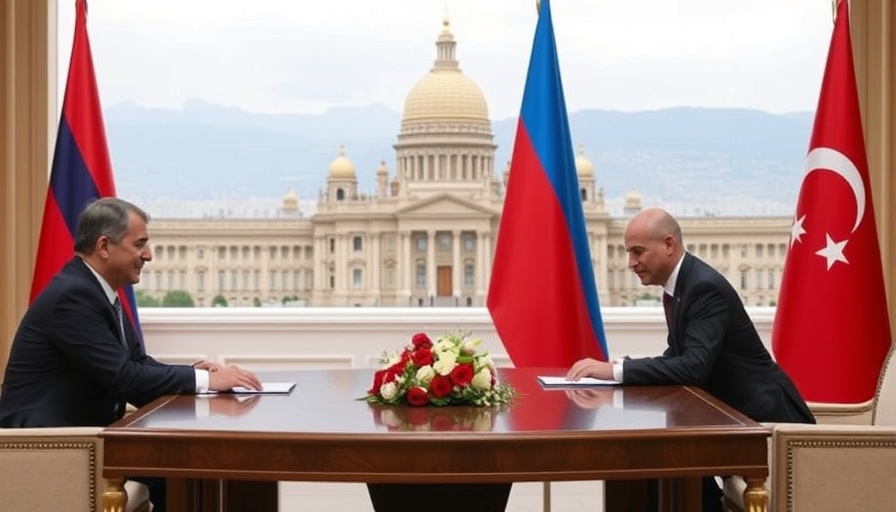
Peace Deal Between Armenia and Azerbaijan: A Historic Moment
The announcement of a peace deal between Armenia and Azerbaijan marks a potential turning point in a decades-long conflict characterized by violent confrontations and territorial disputes. As both nations have suffered significant losses, this agreement aims to foster stability in a historically volatile region of the Caucasus.
Understanding the Historical Context of the Conflict
The roots of the conflict between Armenia and Azerbaijan can be traced back to the early 20th century when both nations sought independence from the Soviet Union. However, it was the Nagorno-Karabakh region—a territory internationally recognized as part of Azerbaijan but predominantly populated by ethnic Armenians—that ignited full-scale war from 1988 to 1994, leading to thousands of deaths and a large-scale humanitarian crisis. This historical backdrop provides essential context for understanding the significance of the recent peace deal.
Why This Peace Deal Matters for Regional Stability
This agreement is viewed not just as a resolution between two nations but as a crucial step toward regional stability in the South Caucasus. The involvement of major global powers—including Russia and the United States—highlights the strategic importance of this peace process. Stability in this area could have far-reaching implications for international relations, trade routes, and even energy supplies.
Social and Economic Impacts
The peace deal is expected to promote economic development in both countries, potentially allowing for reconstruction efforts in war-affected areas and fostering trade relationships. Historically, conflict has stunted economic growth; therefore, a long-lasting peace could open the door for foreign investment and collaboration on projects that benefit both nations. This could be crucial for improving living standards and alleviating poverty that has plagued both Armenia and Azerbaijan.
Future Predictions: Is Lasting Peace Achievable?
While the peace agreement offers hope, experts stress the importance of ongoing dialogue and compromise. The deep-seated animosities, coupled with nationalistic fervor, pose challenges to ensuring a sustainable infrastructure for lasting peace. Future predictions suggest that continued engagement and support from international stakeholders will be necessary to mediate potential disputes and reinforce the peace process.
Counterarguments: Skepticism and Regional Dynamics
Despite the optimistic view surrounding the peace deal, many remain skeptical. Skeptics point to past agreements that have failed and highlight the unresolved issues related to territorial claims. Furthermore, external factors such as proximity to Iran and Turkey could complicate the situation. The concept of national identity, so crucial in this region, cannot be underestimated.
A Call to Action for Continued Support
As observers of this historic moment, it is essential for the international community to monitor the developments closely. Continued advocacy for peace on a global scale, along with meaningful engagement from global powers, can help ensure that this agreement does not merely serve as a temporary cessation of hostilities but as a foundation for a genuinely peaceful coexistence.
Conclusion: A New Chapter
The peace deal between Armenia and Azerbaijan is not just a political agreement; it embodies the aspirations of people who have endured a legacy of conflict. As this narrative unfolds, staying informed on developments and supporting peace-building efforts will remain critical for both nations and the global community. Whether this moment leads to a new era of harmony or back to conflict is a narrative still in the making.
 Add Element
Add Element  Add Row
Add Row 



Write A Comment